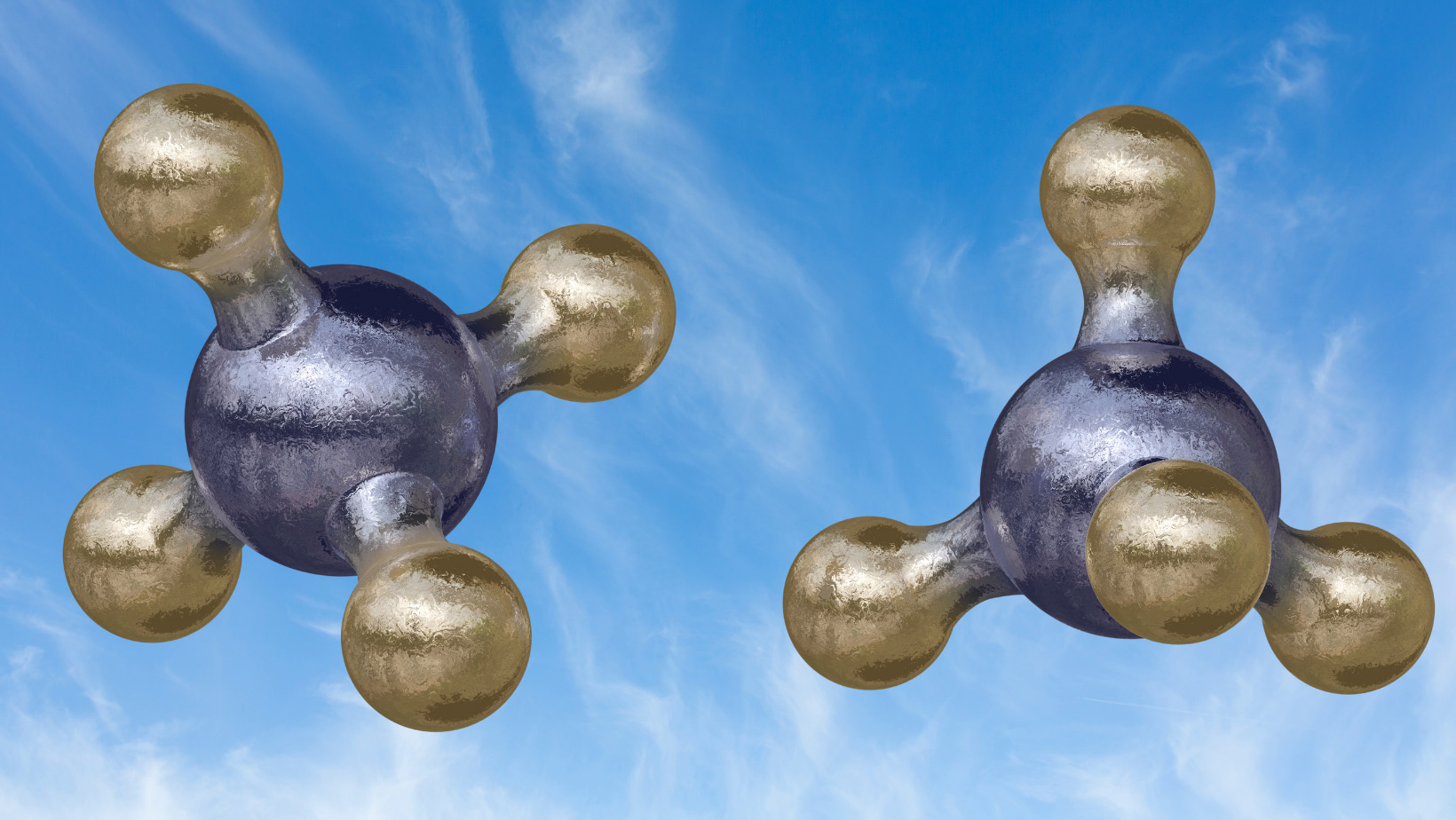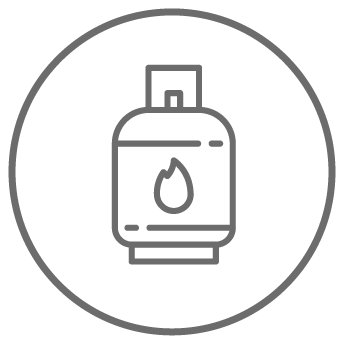Methane – Definition and Uses

Methane is definitely the lightest of fuels and is composed of one atom of carbon and four atoms of hydrogen. It has been a hydrocarbon known since ancient times, although it was not until the early 1900s that its use as a fuel began. Methane is produced by fermentation of organic material, and this gas is found as a fossil in many deposits, alone or in association with oil and coal.
Where is methane gas commonly found?
Methane is a flammable gas released from the bowels of the Earth and as mentioned is one of the smallest and lightest hydrocarbons, the main constituent of natural gas. It is a gas that burns with a regular flame and develops heat, water vapor and carbon dioxide, while sulfur, nitrogen and particulate matter that accompany the combustion of liquid hydrocarbons are absent.
Methane is widely consumed especially in recent decades due to its low environmental impact, low cost and the presence of numerous reservoirs combined with technological development.
Methane from the reservoir to the stove
Methane as a fossil fuel is found in many parts of the world, from Siberia to Canada, from China to the Netherlands, and is found alone or in association with oil. In the early postwar years it was also extracted in the Po Valley, representing a limited but important source of energy for Italy.
Italy's first methane pipelines date from these very years, and the idea of Enrico Mattei, an industrialist who headed AGIP, was to make Italy independent of the monopoly of the big oil producers. By 1970, methane was arriving in Italy from Siberia and Holland, while it was in 1983 that the Transmed pipeline was created, bringing this gas from North Africa to Sicily via submarine pipelines. Today methane is transported through pipelines thousands of kilometers long in liquid, high-pressure, low-temperature format.
The main use of methane is as a fuel for automobiles, a source of electricity, and pima material for heating and cooking food. Since it is an odorless hydrocarbon gas, it is added with foul-smelling substances to report leaks or spills from pipes and systems.
Methane pollution
Methane is a gas responsible for the greenhouse effect, and emissions are especially related to agriculture, which leads to a large production of biomass (organic residues from different sources) that develop biogas. The gas produced from biomass is being used in recent years to produce energy, and methane is generated especially from livestock farming.
Main uses of methane
Methane gas is mostly used in the energy sector, as heating and for powering gas cookers, but not only. This hydrocarbon also finds important uses in the agricultural sector to create the ideal climate in greenhouses and as fuel for cars and trucks.
Colorless and odorless, methane is odorized by lapping a liquid to achieve the smell of gas in order to warn of its presence in case of a leak and avoid the risk of accidental fires and explosions.
Learn more about this hydrocarbon and ask for more information by contacting Settala Gas, the company that has specialized in gas production, sales and distribution for more than 50 years.




